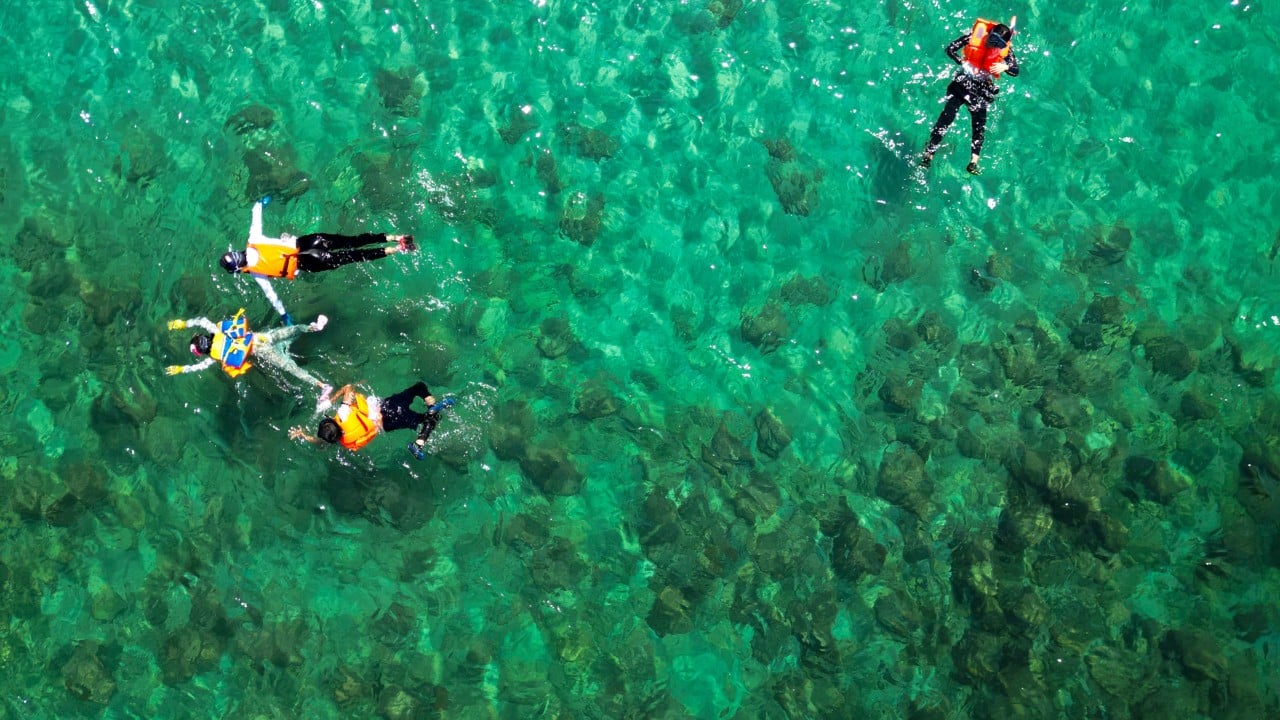Last March, I took a group of students to the Hoi Ha Wan Marine Park, where we embarked on a chilly snorkel across one of Hong Kong’s most impressive and publicly accessible coral communities. Our mission was to observe the wonderful diversity of corals and the wildlife that lives among them.
Advertisement
Our research at the Swire Institute of Marine Science has shown that Hong Kong is a biodiversity hotspot, hosting more than 25 per cent of China’s known marine species. Moreover, that life is densely concentrated. More than 1,000 species can live together in a structure no larger than a backpack. The only way to truly appreciate our natural wealth is to immerse ourselves in it – and watch.
On this late winter day, the water was exceptionally clear. Even I – a coral reef ecologist with decades of experience diving around the world – was thrilled by the sights. Healthy corals of many shapes and colours were visible across the seabed, with passing schools of larger fish.
These were positive signs of Hong Kong’s commitment to marine conservation. Yet, marine parks and other sensitive ecological areas in Hong Kong are often loved to death.
Recently, reports of ecotourists crowding and trampling coral communities at Sharp Island drew attention to Hong Kong’s environmental management, enforcement and the public’s awareness of best practices.
Advertisement
The rules of engagement on coral reefs are quite simple: take only photos and memories. Touch nothing. There is sufficient visual stimulation from coral communities of any scale to preclude the necessity of touching them.

